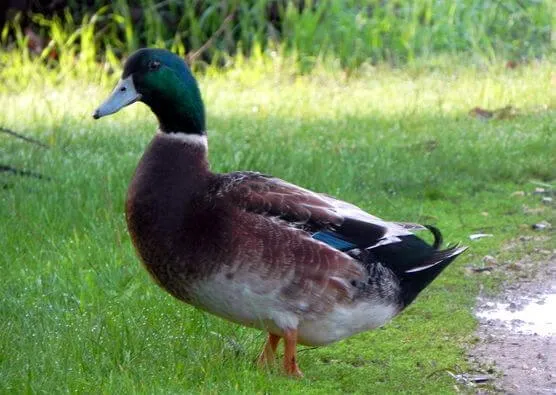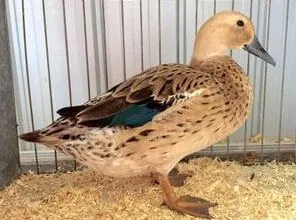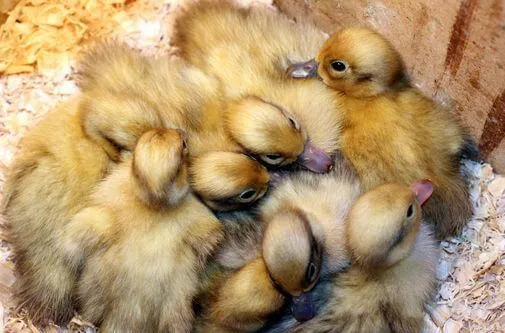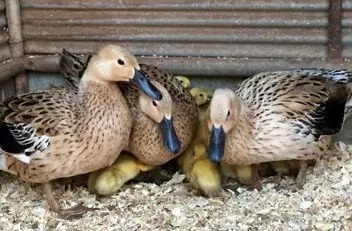Possibly one of the rarest duck breeds in the world, the Elizabeth duck is a little-known gem of a duck created in Australia just over 50 years ago, in 1972.
History
They were bred in Merrylands, New South Wales by a man named Lance Ruting, who named the duck after his wife, Ann Elizabeth Ruting. He was attempting to create a fast-growing meat duck from his flock of Rouen Clair and Mallard ducks and happened upon an off-colored sport, which he continued to breed, resulting in the Elizabeth duck.
Appearance
Elizabeth ducks—affectionately called “Lizzies”—closely resemble the Welsh Harlequin, but are smaller and stockier, with short legs and a round head. They are a light breed, only slightly larger than the Mallard, with females weighing 2.75-3.25 lb and males weighing 3.5-4 lb.

Photo courtesy of Koljash Stud Waterfowl Farm.
Genetically, their color is termed harlequin phase dusky mallard. Drakes have an iridescent green head with a white neck ring. Their chest, shoulders, and flanks are rusty red or claret-colored, with white accents. Their breast is rusty red, transitioning to a white or cream-colored underbelly, and their tail and rump is black. Their speculum (the colored patch on the wing) is bright blue.

Photo courtesy of Koljash Stud Waterfowl Farm.
Females have fawn-colored feathers, stippled with dark brown or gray. They also have a vivid blue speculum. Both males and females have blue-gray bills and bronze to orange legs, with females being more likely to have darker legs.
Day-old ducklings can potentially be sexed by the color of their bills, a trait also seen in the Welsh Harlequin duck. The color difference disappears after a few days.
Characteristics


Elizabeth ducks are considered a meat breed, but they are decent layers as well, producing 100-150 white eggs a year. They can fly and are very prone to going broody.

Photo courtesy of Koljash Stud Waterfowl Farm.
The Rare Breeds Trust of Australia classifies the Elizabeth duck as an endangered breed. They are only found in Australia and possibly New Zealand, and are rare and difficult to find even in Australia.
The Elizabeth duck is a beautiful modern breed, having only been around for fifty years—but the little Lizzie could certainly use more attention from poultry fanciers and breeders.
Leave a comment
Your email address will not be published.